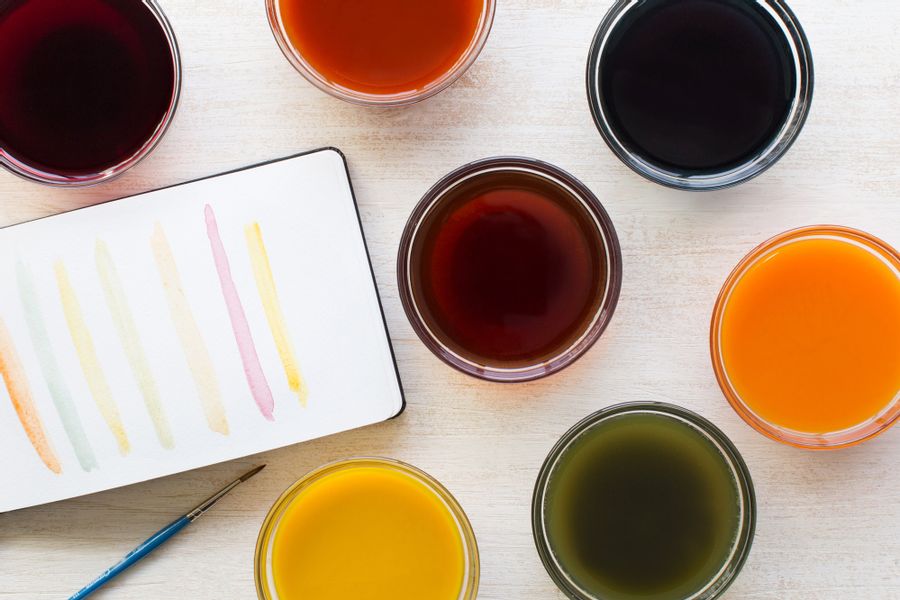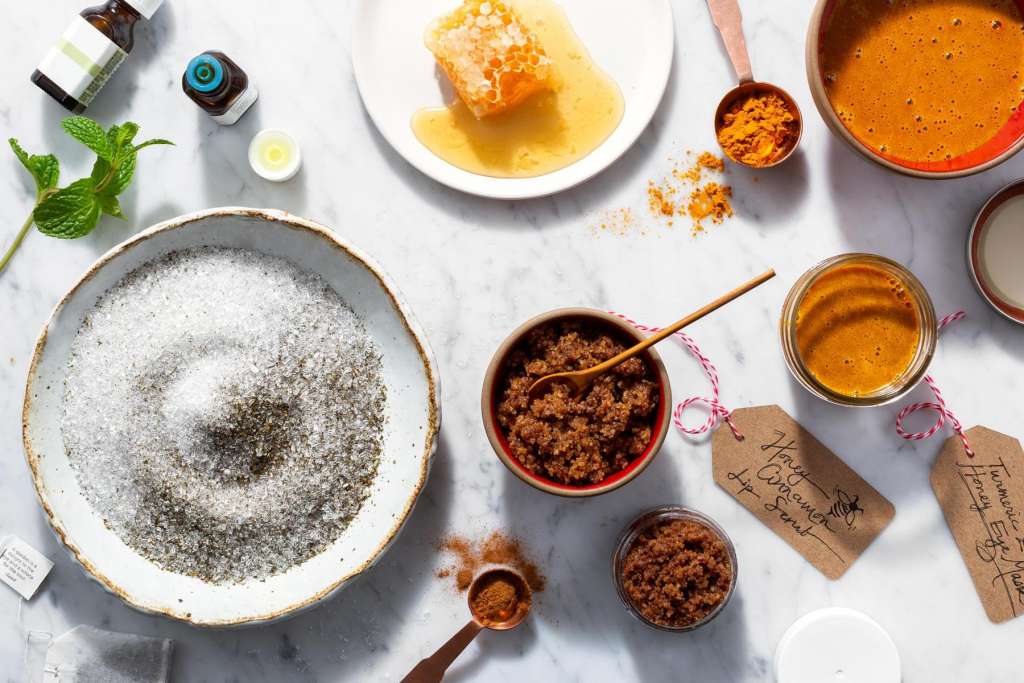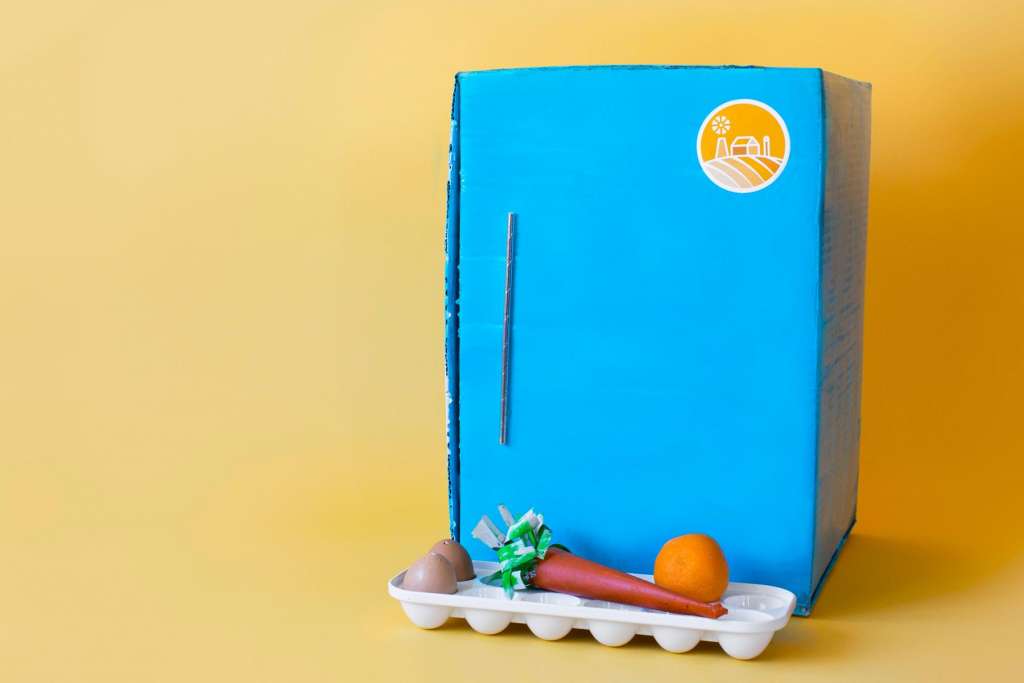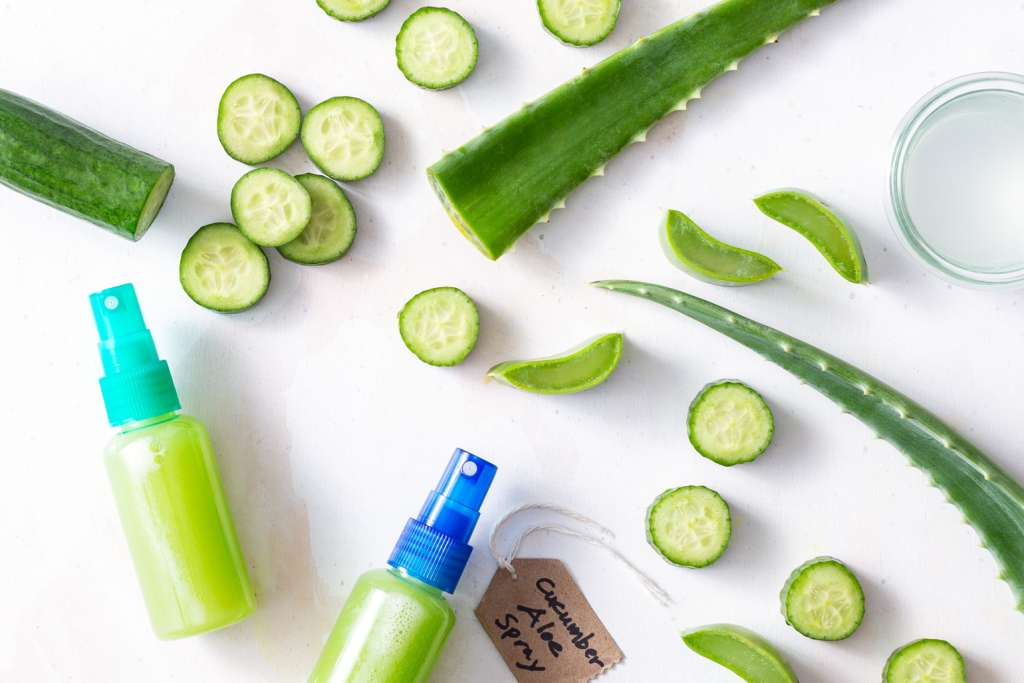Make Your Own Natural Food Coloring
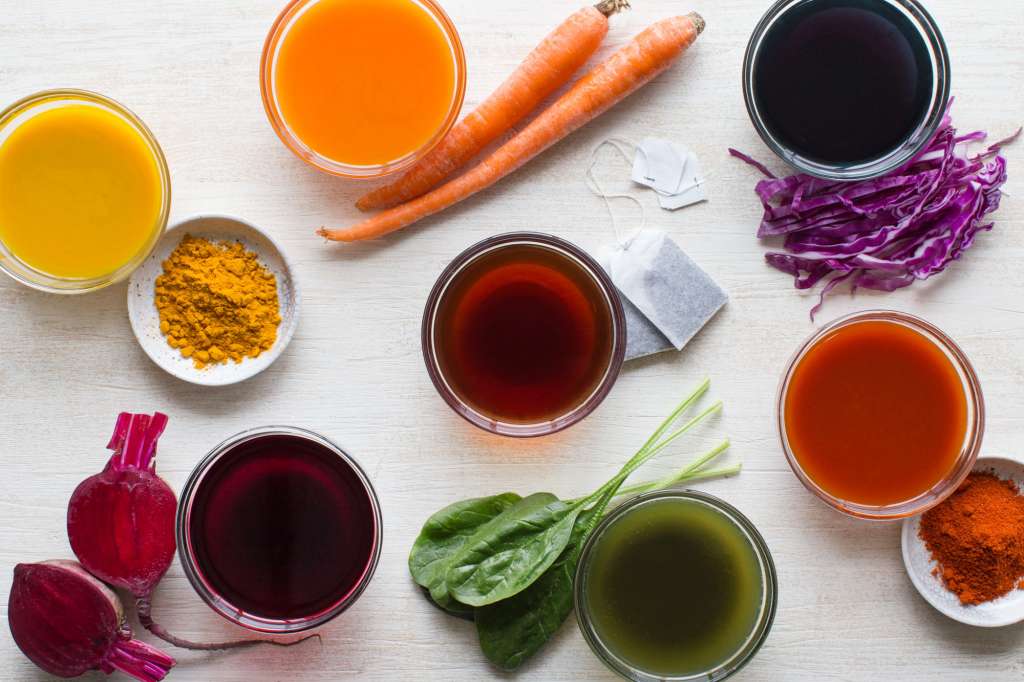
It’s easy to make gorgeous Easter eggs with natural food coloring. For a fun trick, try gently cracking the shells of the hard-cooked eggs (try our technique) before steeping in the colorful dye to create a marbled effect. Using natural food coloring means the colored eggs are safe to eat.
Natural Food Coloring Recipe
Makes about ½ cup food coloring per color
Purple = 3 beets
Green = 1 bunch spinach
Orange= 3 carrots
Blue = ½ red cabbage + 1 tablespoon baking soda
Yellow = 1 tablespoon ground turmeric
Red = 1 tablespoon dried paprika
Brown = 3 bags black tea
Tools
Large saucepans, masher or blender, strainer
Vegetable-based food coloring
Roughly chop the vegetable. In a small saucepan over medium-high heat, cover the chopped vegetable with 2 cups of water. Bring to a boil, reduce to a simmer, and let cook until the water is the desired shade, 25 to 30 minutes.
For the red cabbage: to turn it blue, add 1 tablespoon baking soda.
Let cool. Using a masher or blender, puree the vegetables with their cooking water. Strain and transfer to a clean glass jar.
Spice-based food coloring
In a small saucepan over medium heat, combine the turmeric or paprika with ½ cup water. Bring to a simmer. Remove from heat and let cool. Transfer to a clean glass jar, no need to strain.
Tea-based food coloring
In a glass measuring cup or heatproof container, cover the tea bags with ½ cup boiling water. Let cool. Discard the tea bags and transfer the tea to a clean jar.
When mixed into frostings, natural food coloring will make lovely pastel color rather than vibrant, neon hues.
Store, tightly sealed, in the fridge and use within 1-2 weeks or freeze in ice cube trays and transfer to a zip freezer bag for longer storage. Thaw cubes before using.
Try our technique for boiling eggs here.
